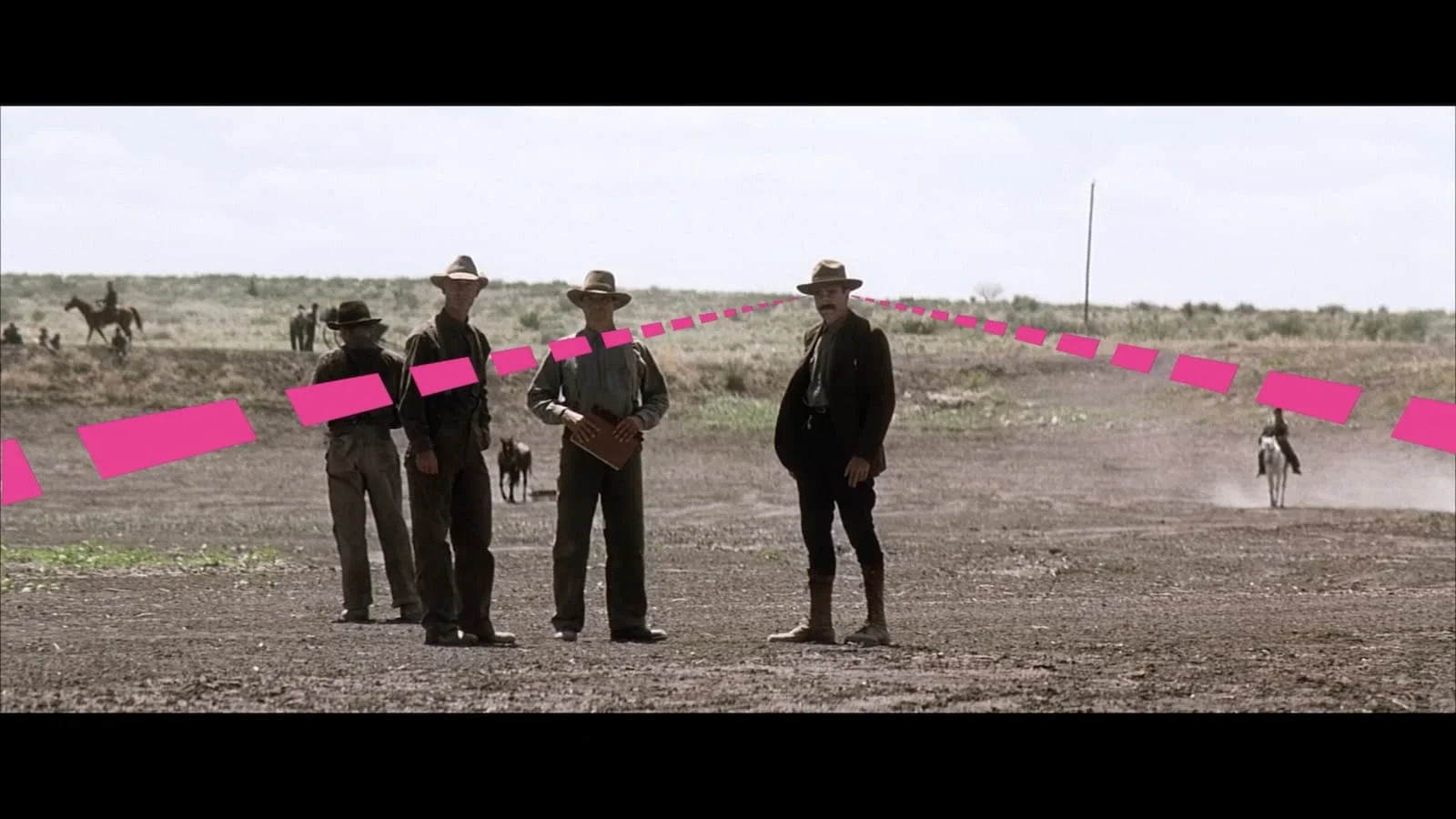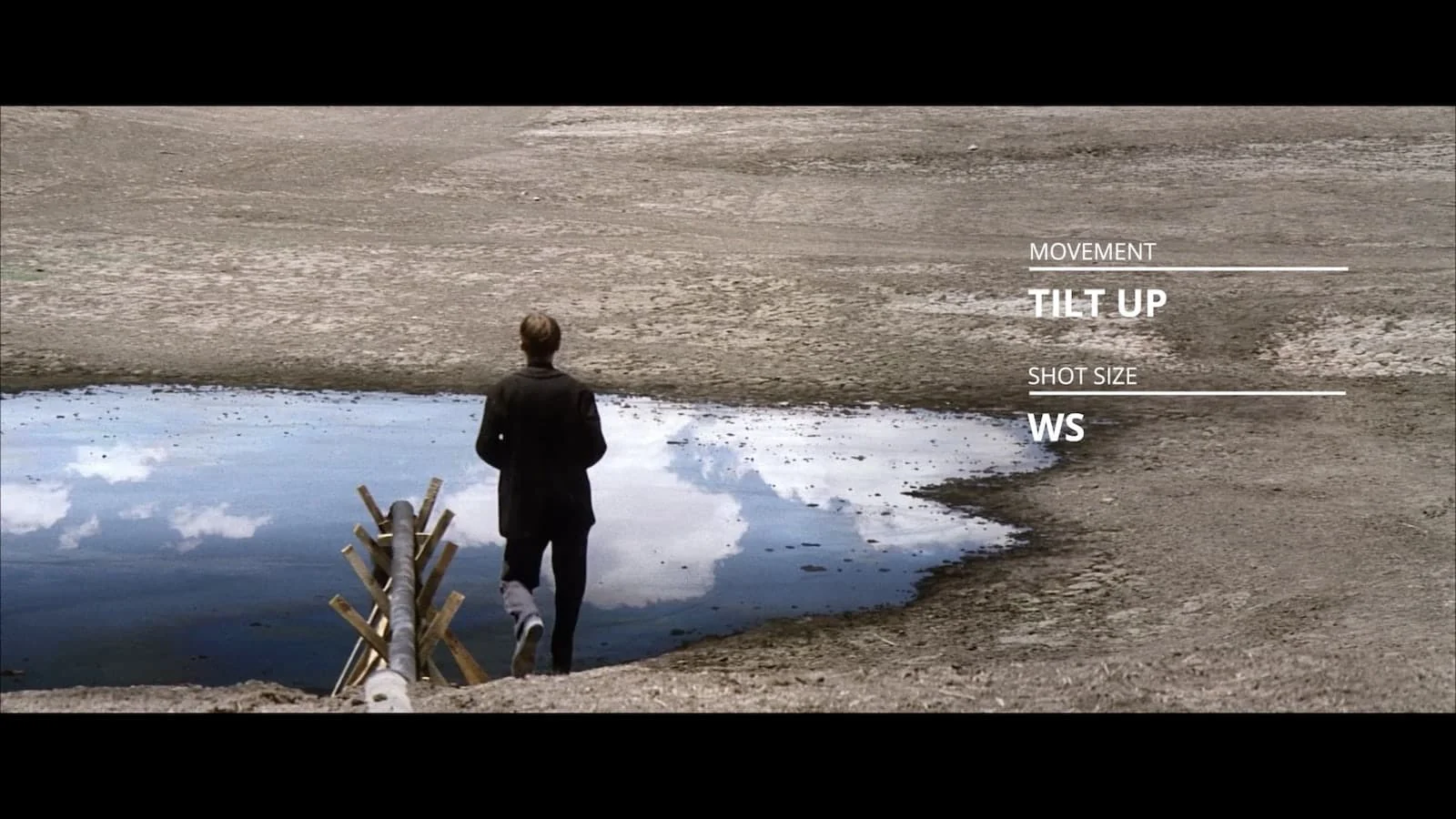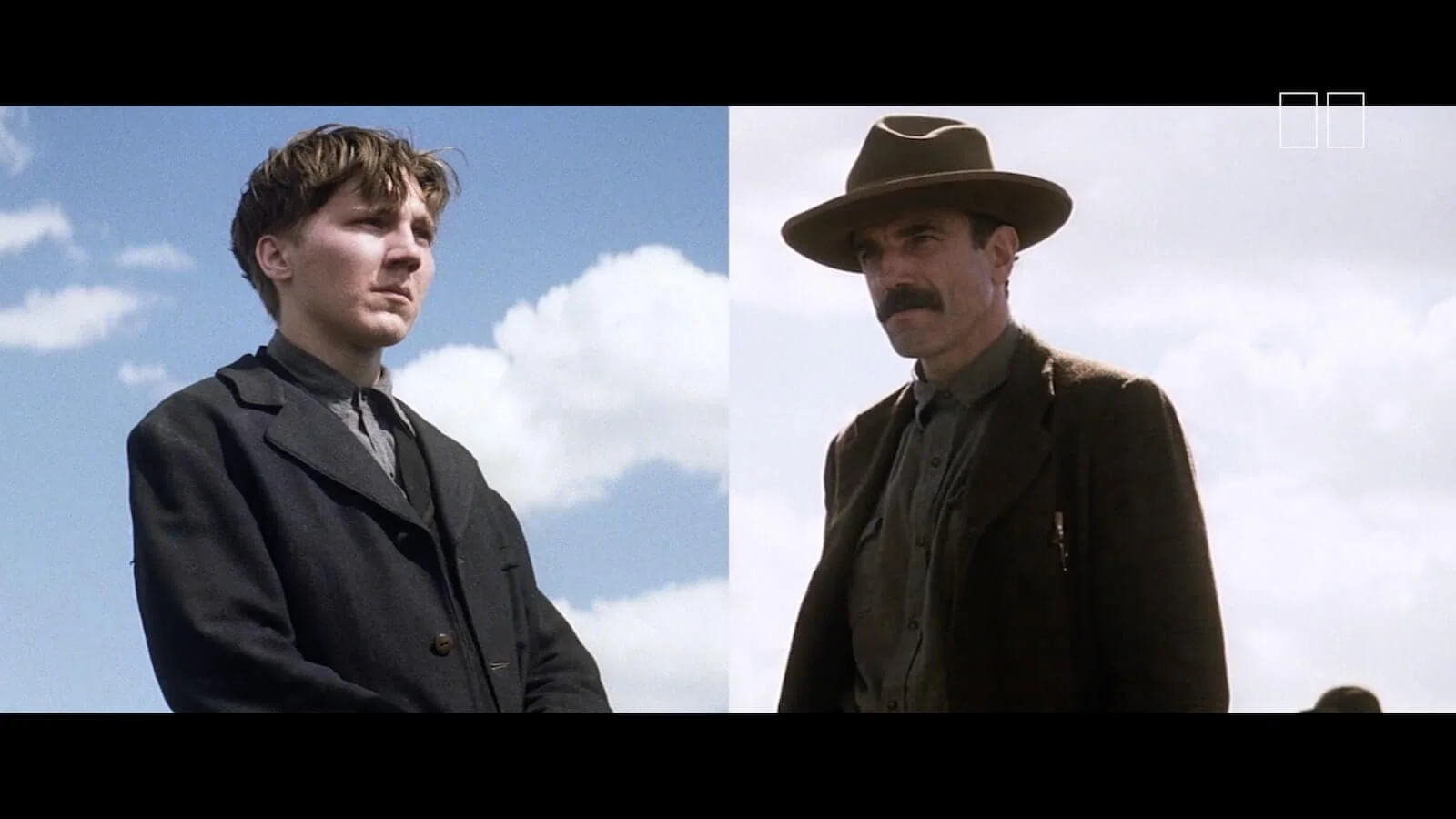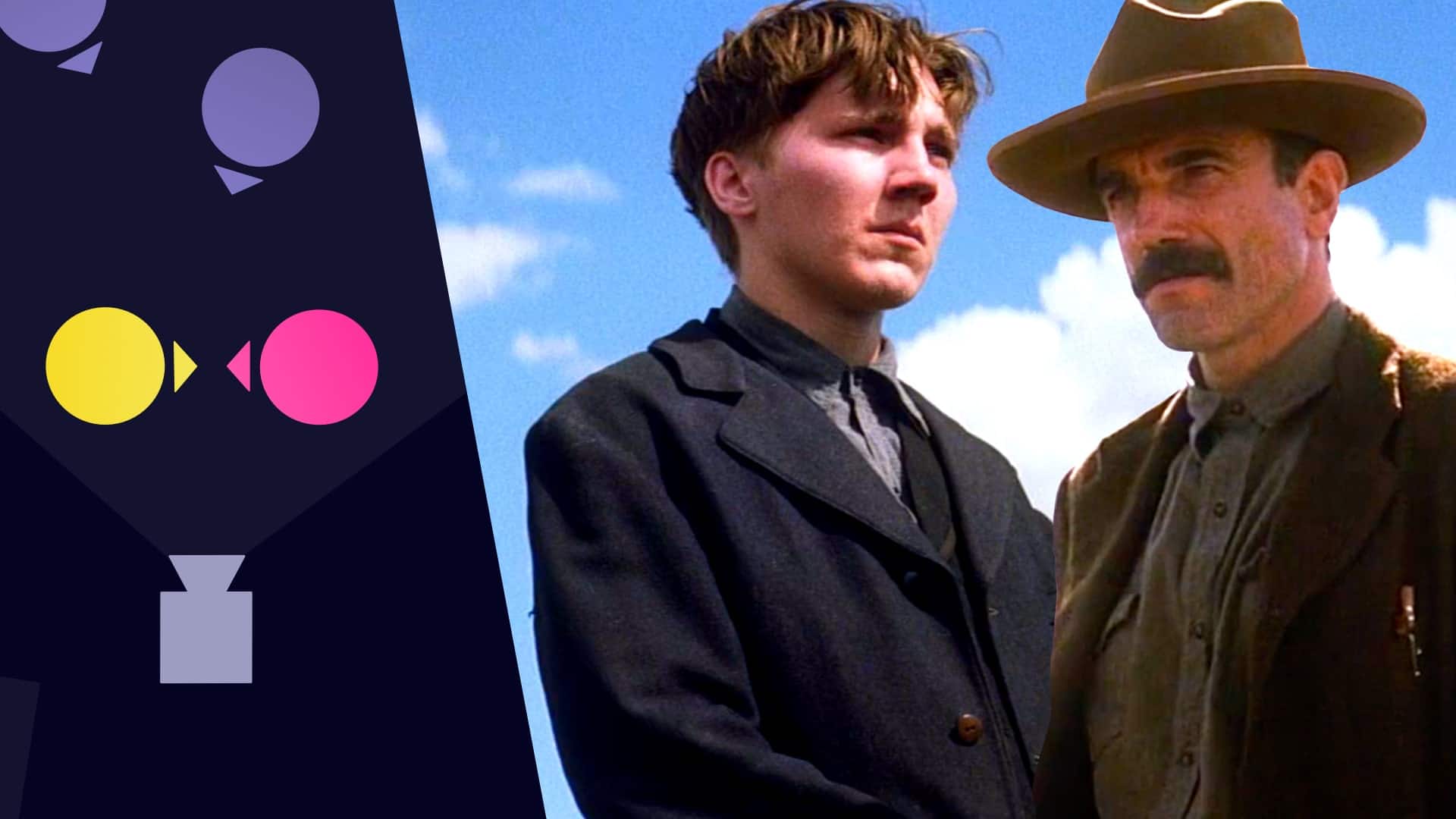How does one create a power struggle in film? What are the techniques available that will help to communicate this battle through a visual lens?
Let’s look at how Paul Thomas Anderson builds a power struggle with blocking, staging, framing, set dressing, and camera control.
Make sure to read through to the end for more examples of these techniques in the director’s work.
PTA's Directing Style
How PTA directs a movie
There Will Be Blood marked a watershed moment for PT Anderson. His first four films are exceptional and showcase a directorial style rarely seen so early on. Before we can appreciate the obvious leap forward in his filmmaking in There Will Be Blood, let's remind ourselves of what a PT Anderson movie looked and sound like before this.
PT Anderson's Directing Style • Subscribe on YouTube
There Will Be Blood Analysis
Blocking and Staging
In this scene from There Will Be Blood, it’s clear that PT Anderson approached production with a distinct vision of his blocking and staging.
When planning a power struggle, start with this question: Who begins in power and who ends in power? Here, Daniel both begins and ends in a position of power. But how is this communicated?
One way is through staging: Daniel is surrounded by people while Eli is all alone. Another is through blocking. Notice how Daniel remains atop Eli throughout the scene? This conveys both his physical and metaphorical dominance.
Another classic cinematic power struggle with expert blocking and staging is the confrontation between Luke Skywalker and Darth Vader in The Empire Strikes Back.
Using blocking to convey one character's dominance over another
Director Irvin Kershner uses physical control to communicate dominance in this scene, just as PT Anderson does in There Will Be Blood. Consider the similarities between Darth Vader and Daniel Plainview. They both stand over their pawn in menacing fashion, humiliating them with their physical force.
Staging is also useful as a means of exaggerating what's at stake in the scene. Luke and Vader are perched atop an endlessly tall structure. With nowhere else to go, Luke is forced to confront his fate. Forcing characters into inescapable physical space is an excellent way to show a power struggle.
There Will Be Blood Analysis
Framing POV
Framing is a filmmaker's best friend. When the technique is used effectively, it impacts the dynamic of a scene simply, yet precisely.
In There Will Be Blood, PT Anderson and cinematographer Robert Elswit use framing to brilliant effect. One way they do so is by boldly shifting focus to a POV (point of view) when Eli approaches Daniel.

We see through Eli's eyes
Why do they do this? For starters, this technique captures a sense of dread. Further, it quite literally puts us into the eyes of Eli, giving us a new perspective on his view of the world.
Related Posts
There Will Be Blood Analysis
Set Dressing
Remember: Set dressing doesn’t always have to involve lots of props or busy scenery.
In fact, this scene is achieved through minimalistic set dressing. Set dressing works best when it has something to say about your story, just as it does here in There Will Be Blood.
The scene begins with Eli slowly walking past an oil basin, a symbol of the dirty capitalism he despises.

Eli enters Daniel's domain
When Eli confronts Daniel, Daniel responds by submerging him in the oil basin—a direct metaphorical reference to being soaked in baptismal waters. That Eli is himself a preacher adds irony to this metaphor: Later in the film, he retaliates by baptizing Daniel in a wild display before his church congregants.
Of course, PT Anderson's filmography is one of remarkable variety, and his approach on one film is often starkly different from another.
Consider this scene from Boogie Nights. One key difference it has from the oil scene in There Will Be Blood is in its set dressing and in how it communicates unique aspects of the world it depicts.
In Boogie Nights, PT Anderson explores power dynamics with richly detailed set dressing
In Boogie Nights, the nightclub where high-school dropout Eddie Adams (Mark Wahlberg) works is busy, impersonal, artificial—all the things that the oil field is not. But every piece of set dressing, from the Christmas lights to the costuming, does a wonderful job of adding period detail.
These set dressing methods add an unsettling dynamic to the subsequent power struggle between Eddie and porn filmmaker Jack Horner (Burt Reynolds).
Eddie is a shaggy teenager working a dead end job as a dishwasher. The scenery is dull. Then comes in the power-hungry Jack, wearing an expressive red shirt and gold chain around his neck. Jack’s body language conveys his casual demeanor, while Eddie is visibly nervous.
By juxtaposing this dingy backroom kitchen encounter with the glitz and glamor of the nightclub that precedes it, PT Anderson foreshadows the double-edged sword that will become Eddie’s life in the porn industry.
There Will Be Blood Analysis
Camera Control
We’ve gone over how PT Anderson frames shots with the first-person POV, but that’s just one way he creates compelling confrontations.
When Eli is shown for the first time early in the scene, his face is center-framed. Here, PT Anderson makes a clear point: Eli is the emotional center of the scene.
As Eli confronts Daniel, the camera is low-angled, signifying that Daniel is in charge. Low angles from the perspective of one character looking up at another are a great way to denote power in a scene.

Equal low angles, equal power
When Eli is knocked down into the oil, the camera is placed at ground level. This places audiences closer to Eli, inviting viewers to connect closely with his experience.
PT Anderson uses similar camera control in a confrontation scene in The Master, his 2012 film about an enigmatic cult called The Cause.
In The Master, PT Anderson's camera acts as a neutral observer of two quarreling characters
In this scene, the leader of The Cause, Lancaster Dodd (Phillip Seymour Hoffman), is confronted by a skeptic who suggests that his so-called “movement” is in fact a cult. Anderson uses low-angle shots to denote power, just as he does in There Will Be Blood.
Throughout the exchange, these angles are held on both Dodd and the skeptic, making the camera a neutral observer of their verbal battle.
Up Next
PT Anderson's Directing Style
Now that we’ve broken down the power struggle from PT Anderson’s There Will Be Blood, why don’t we dive deeper into his directing style?
We'll cover his entire filmography—his character-driven production design in Boogie Nights, his claustrophobic locations in Phantom Thread, his masterful use of montage in Magnolia—and much more.
Up Next: PT Anderson's style →
Showcase your vision with elegant shot lists and storyboards.
Create robust and customizable shot lists. Upload images to make storyboards and slideshows.
